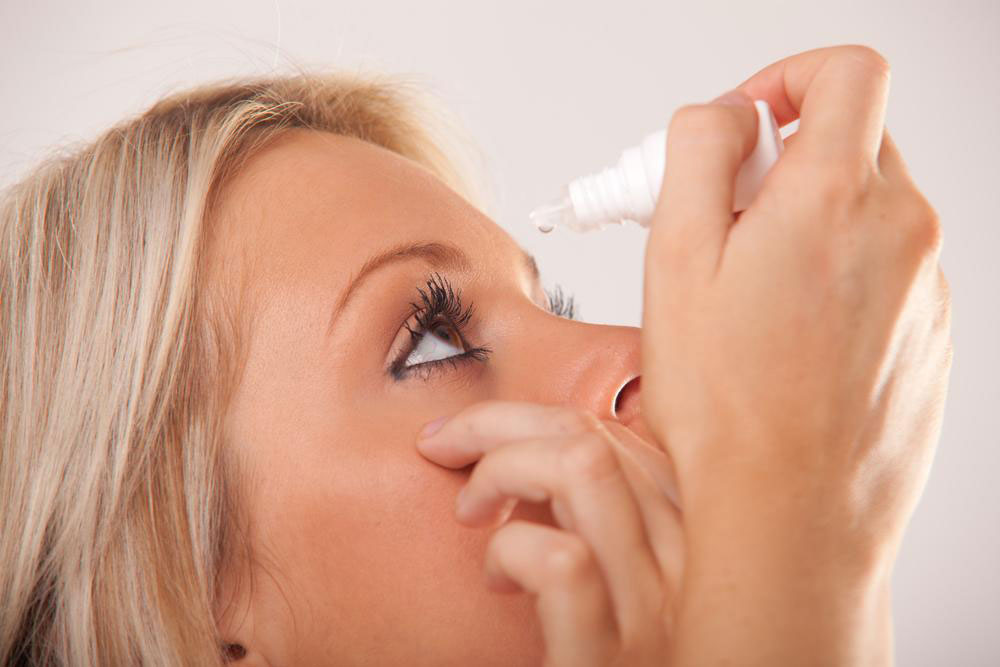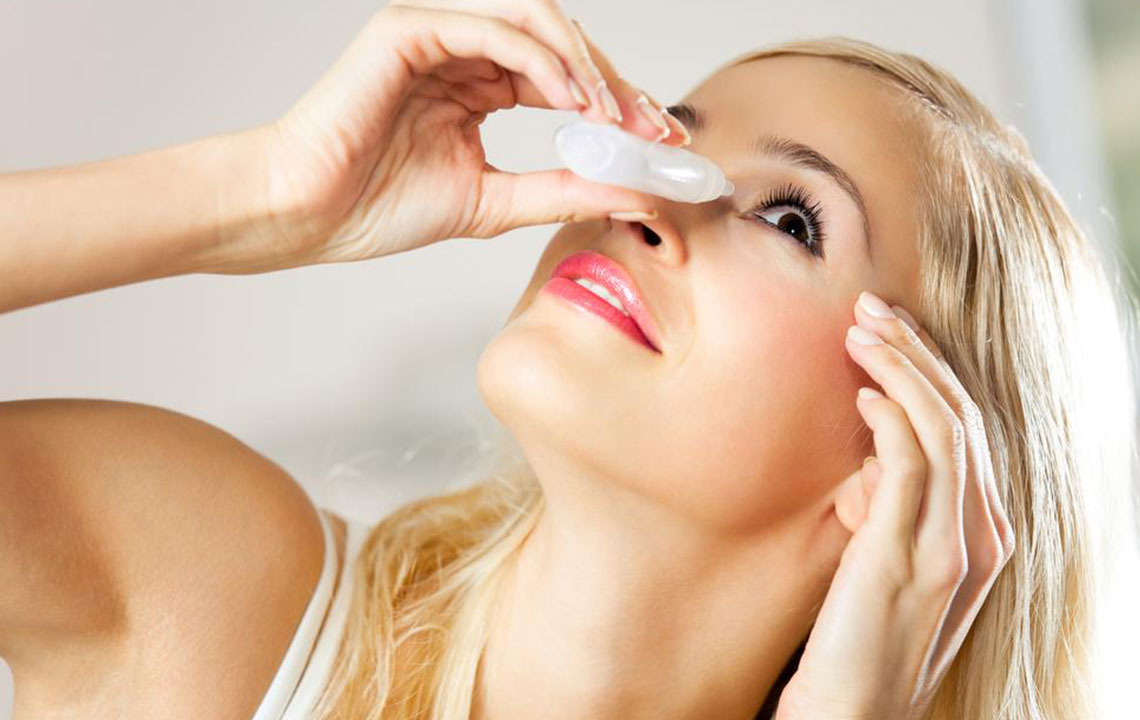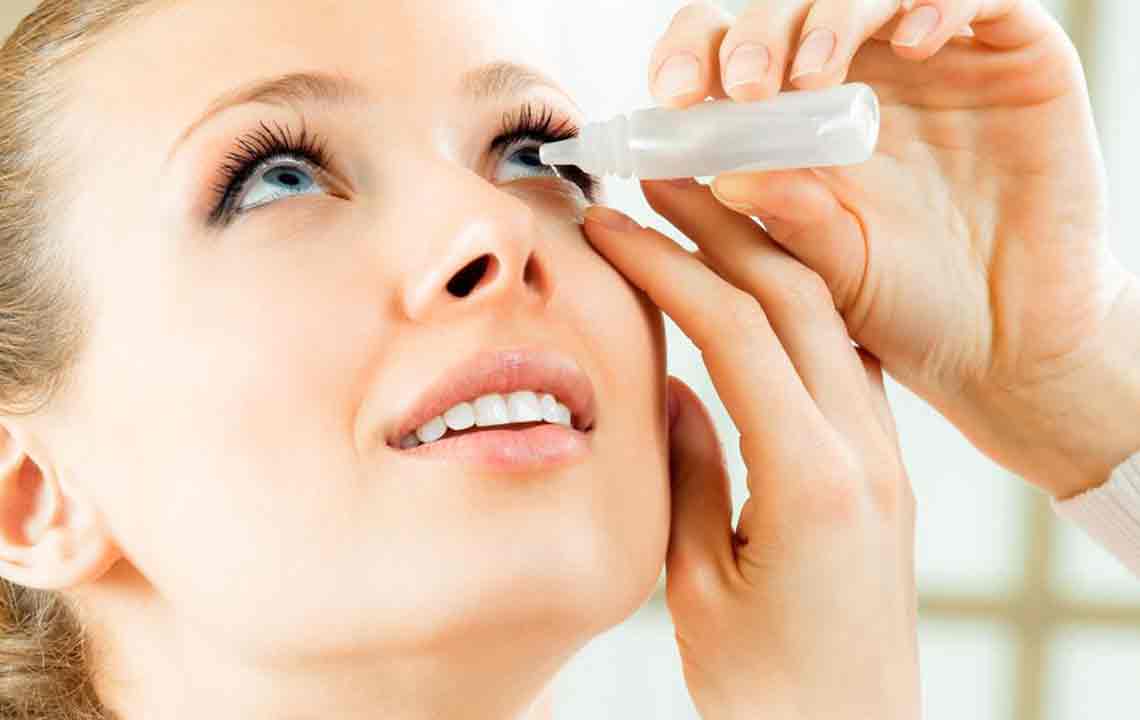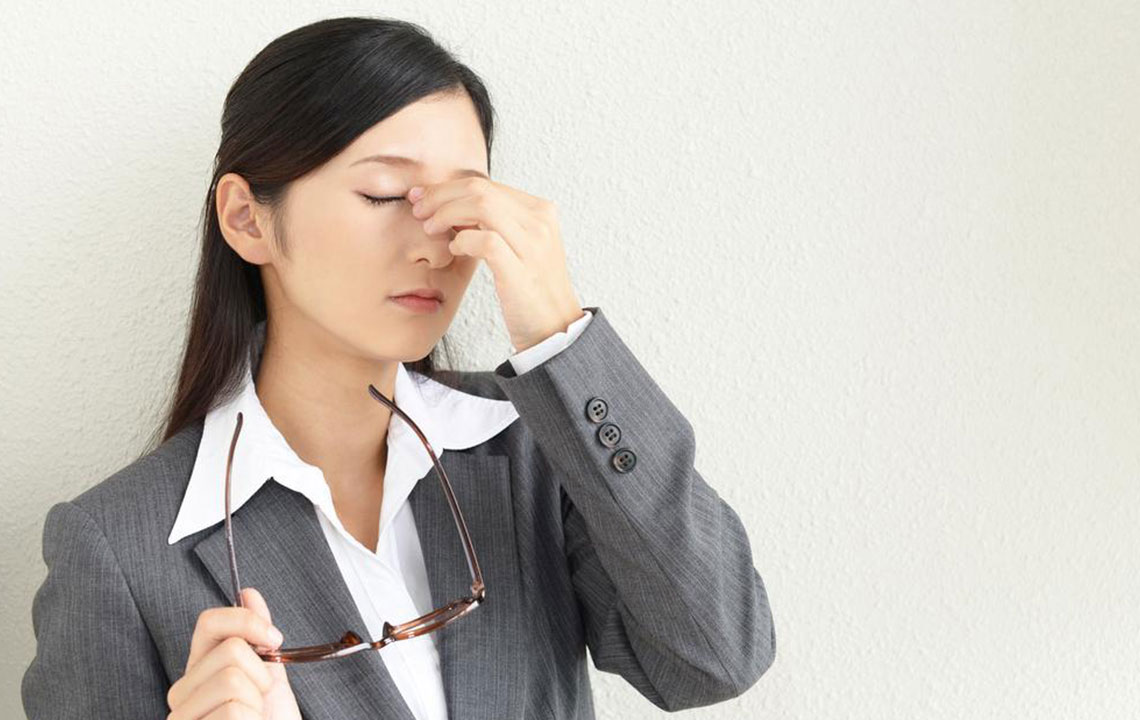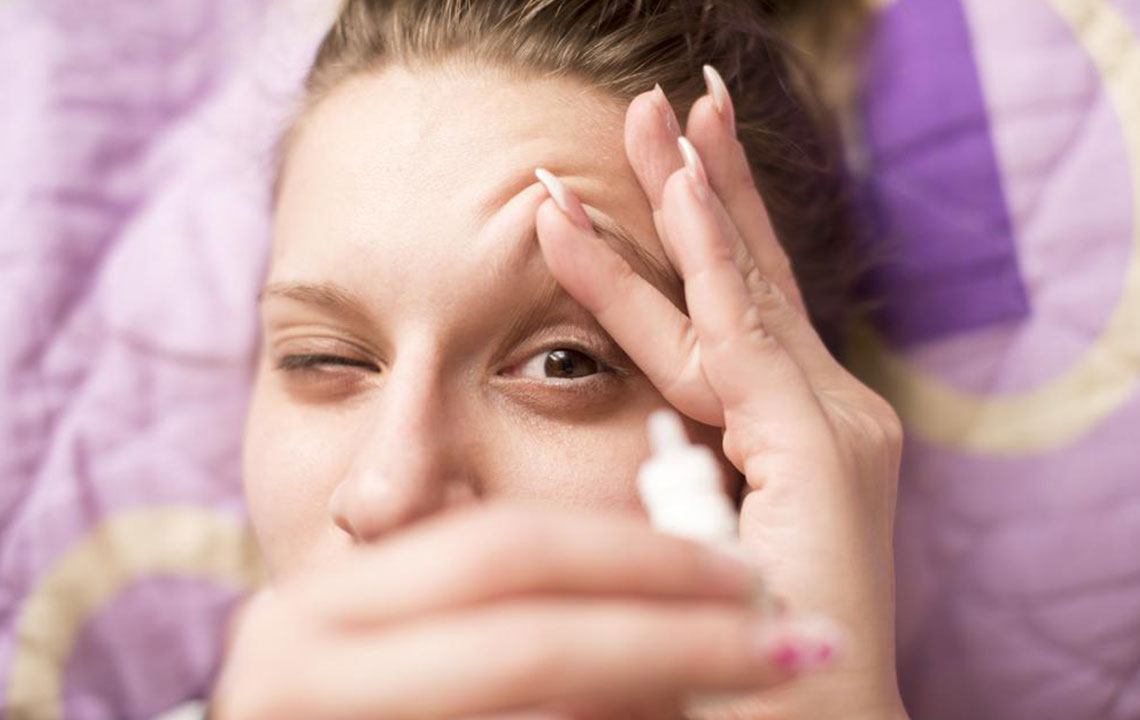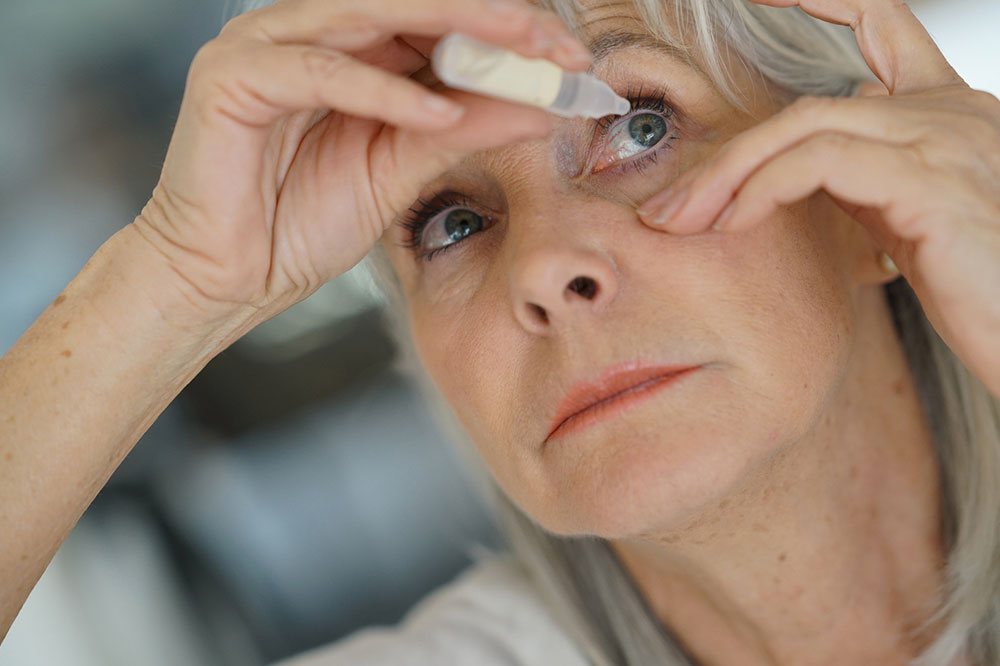Top 5 Solutions for Managing Dry Eye Syndrome
Discover five effective treatments for dry eye syndrome, including artificial tears, steroid drops, cyclosporine, LipiFlow® therapy, and punctal plugs. These options can significantly reduce symptoms, improve comfort, and restore healthy tear function. Early diagnosis and personalized management are key to achieving the best outcomes for those suffering from chronic dry eyes.
Sponsored
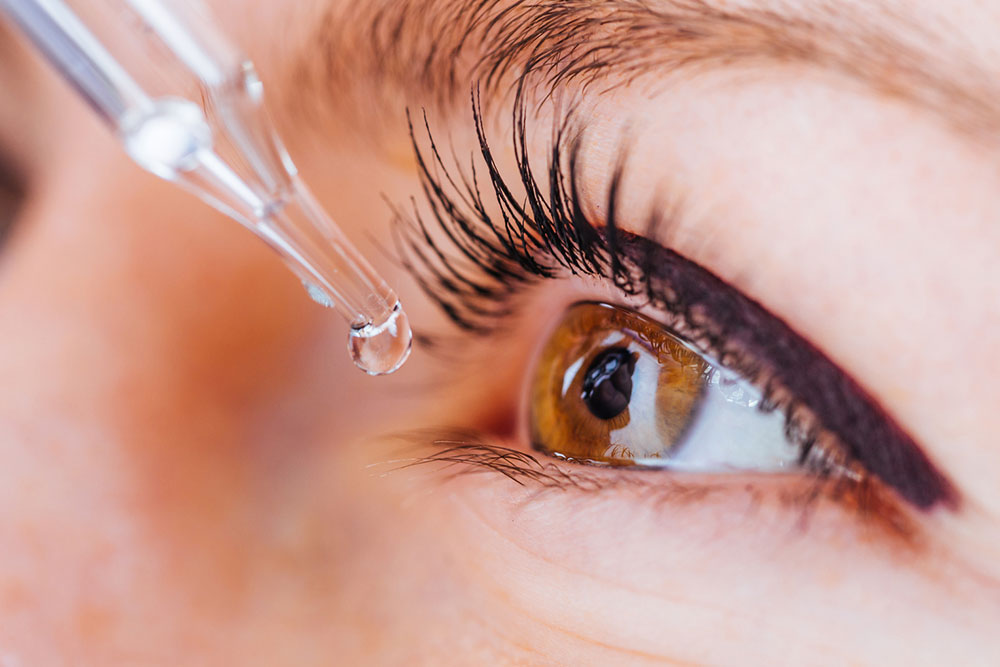
Top 5 Strategies for Alleviating Dry Eye Symptoms
Dry eye syndrome is a common, often chronic condition that benefits from prompt treatment. While complete cure may vary based on the cause and severity, most patients can experience significant relief, enhanced comfort, and improved vision. Because dry eyes stem from multiple factors, diverse therapeutic options are available. Some focus on easing or reversing the condition, while others aim to improve tear quality or prevent excessive tear drainage. Here are five highly effective methods to manage dry eye symptoms.
Artificial Tears
If dry eyes are mild and caused by activities like reading or screen time, artificial tears are a practical solution. These over-the-counter lubricating eye drops come in various formulations and viscosities to suit different needs. Low-viscosity drops provide quick relief with minimal blurring but require frequent application, while high-viscosity gels offer longer-lasting lubrication, usually for nighttime use. Always follow instructions and avoid mixing different brands without consulting your doctor.
Steroid Eye Drops
Recent insights highlight the role of inflammation in dry eye development. Steroid eye drops can effectively reduce ocular inflammation, alleviating redness and discomfort. They are typically used short-term and alongside other treatments such as artificial tears or prescription medications like Restasis, especially in persistent cases. Consultation with a healthcare provider is essential before starting steroids, given potential systemic absorption and side effects.
Cyclosporine (Restasis)
When artificial tears alone aren't enough, cyclosporine eye drops such as Restasis may be recommended. They reduce inflammation and stimulate natural tear production, helping to sustain eye moisture. It's important to use these drops consistently over several months to see notable benefits. Some users might experience mild burning sensations initially; consulting your doctor beforehand is advised.
LipiFlow® Therapy
This in-office procedure combines heat and gentle pulsatile pressure to unblock and stimulate the meibomian glands, restoring proper oil secretion in tears. The treatment lasts around twelve minutes per eye and typically yields symptom improvement in weeks, with effects lasting one to three years or more. The process must be performed under medical supervision.
Punctal Plugs
To retain tears longer on the eye surface, punctal plugs are inserted into tear ducts at the inner corners of the eyelids. These tiny devices prevent tear drainage, maintaining eye moisture and relieving dryness. Although the tears gradually vaporize, this method effectively prolongs tear presence and improves comfort. Proper diagnosis and tailored treatment plans are vital for optimal results.

